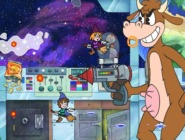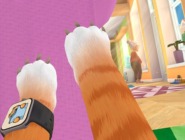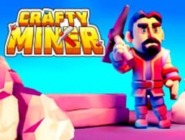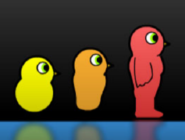The Loud House: Lost Panties
Advertisement
Advertisement

The Loud House: Lost Panties presents a compact, dialogue-driven adventure set within a cartoon-style home. The player controls a character tasked with locating a misplaced personal item, which serves as the central objective for light exploration and character interaction. The setting is structured as a side-view layout, filled with doors, rooms, and static characters who offer vague guidance or distractions. The game is designed around simple actions: walking, talking, and object-based discovery.
Pacing and Interaction Design
The progression relies on a linear task sequence—players gather clues through text-based interactions and search specific rooms based on conversational hints. The character movement is restricted to a few directions, with most gameplay happening through static encounters and minor object triggers. While the plot remains minimal, exaggerated reactions and satirical tone provide a parody-like experience. Most of the humor is visual or implied, with the game avoiding direct references or detailed narrative context.
Core Elements of the Game
2D exploration across household environments
Task completion through item retrieval and timed interaction
Character-based dialogue with comedic overtones
Emphasis on cartoon visuals and exaggerated expression
Minimal controls focused on movement and interaction
Visual Style and Tone
The art style is colorful and intentionally simple, resembling hand-drawn assets reminiscent of web-based animation. Character expressions and body language play a key role in storytelling, often used to suggest tension or humor without elaborate scripting. There are no cutscenes or branching paths—the story unfolds in a single line from introduction to completion. Players are not offered complex moral choices or deep dialogue trees, making this a fast, light game built around parody and task resolution.
Audience and Content Boundaries
Although the game uses suggestive framing in its title, it avoids graphic content and leans heavily into absurdity and cartoon exaggeration. The item in question is not portrayed directly, and the game concludes once the objective is resolved through interaction. For fans of satirical fan games, this offers a quick session with mild puzzle elements and familiar character silhouettes. It’s not designed for mainstream appeal, but rather for a niche audience seeking parody within a controlled, abstract framework.
Related games
Comments















